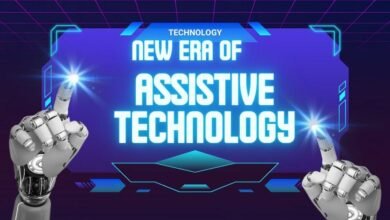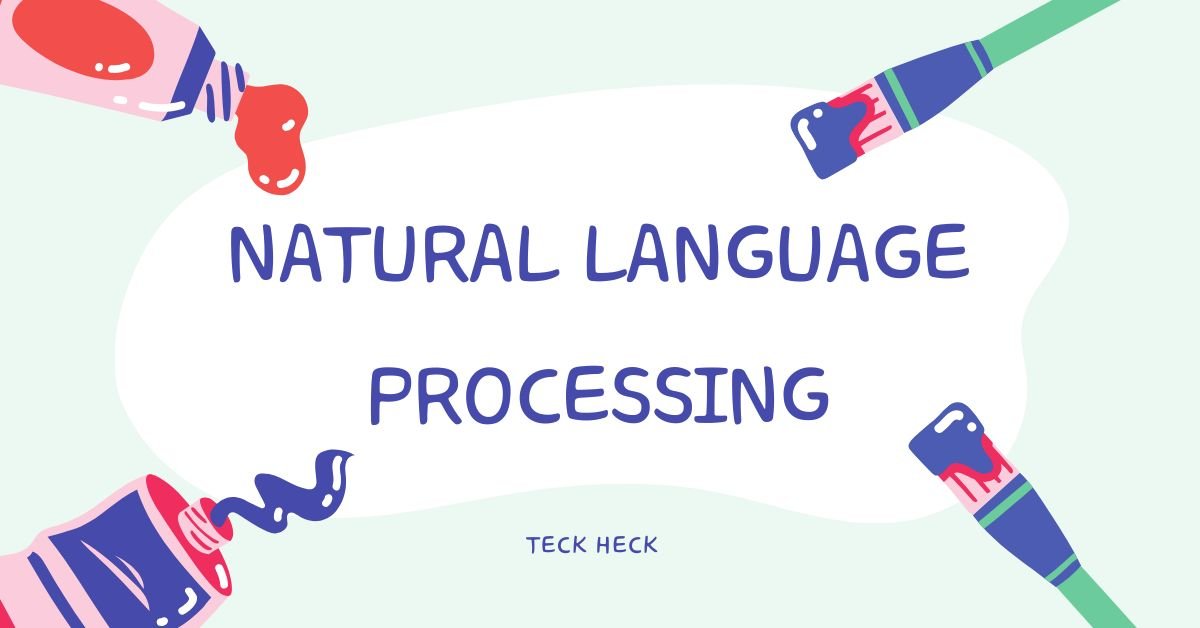
What is Natural Language Processing (NLP)? What are some common NLP tasks?
Comprehending Natural Language Processing NLP is a subfield of artificial intelligence (AI) that allows computers to comprehend, interpret, and produce meaningful human language. It integrates linguistics, computer science, and machine learning to enable natural language communication between humans and machines. As such, it is a crucial part of many contemporary AI applications, such as chatbots, voice assistants, sentiment analysis, language translation, and text summarization.
Essential Ideas for Natural Language Processing Text Preprocessing:
Raw text data frequently needs to be cleaned and processed before any useful analysis can begin.
This procedure consists of:
Dividing text into smaller chunks, like words, phrases, or subwords, is known as tokenization.
Stop-word removal is the process of eliminating frequent words that don’t add much to the text’s content, such as “and,” “the,” and “is.”
Lemmatization and stemming are the processes of breaking words down to their most basic form (for example, “running” becomes “run”).
Syntax and Parsing: In Natural Language Processing, it is essential to comprehend a sentence’s grammatical structure. Relationships between words and phrases can be found with the aid of methods like dependency parsing and part-of-speech (POS) tagging. In “The cat sat on the mat,” for example, POS tagging can identify that “cat” is a noun, “sat” is a verb.
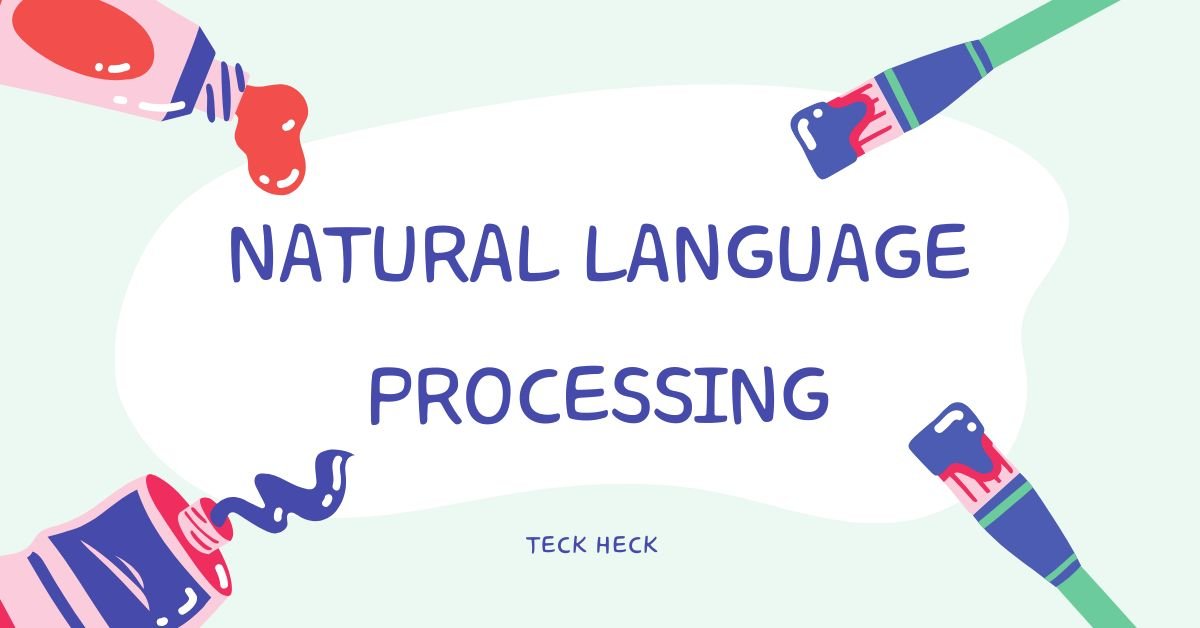
Named Entity Recognition (NER) is a technique used to recognize and categorize named entities (such as individuals, groups, and places) in text. Applications such as information extraction and question answering benefit from this. In the line “Barack Obama was born in Hawaii,” for instance, NER would identify “Barack Obama” as a person and “Hawaii” as a place.
Sentiment analysis is the process of identifying the emotional tone or sentiment that underlies a body of text. It falls into one of three categories: neutral, negative, or positive. Sentiment analysis is frequently employed in brand reputation management, customer feedback analysis, and social media monitoring.
Machine Translation:
When translating text between languages, natural language processing (NLP) is crucial. Large linguistic datasets are used by models like Google Translate to translate text between languages like English.
Language Modeling:
Language models are statistical models that forecast the likelihood that a word sequence will appear in a particular situation. Text prediction, in which the model recommends the following word in a sequence based on previous words, is one of the most popular uses of language modeling. Because they can produce language that looks human, advanced models like GPT (Generative Pre-trained Transformer) have completely changed this field.
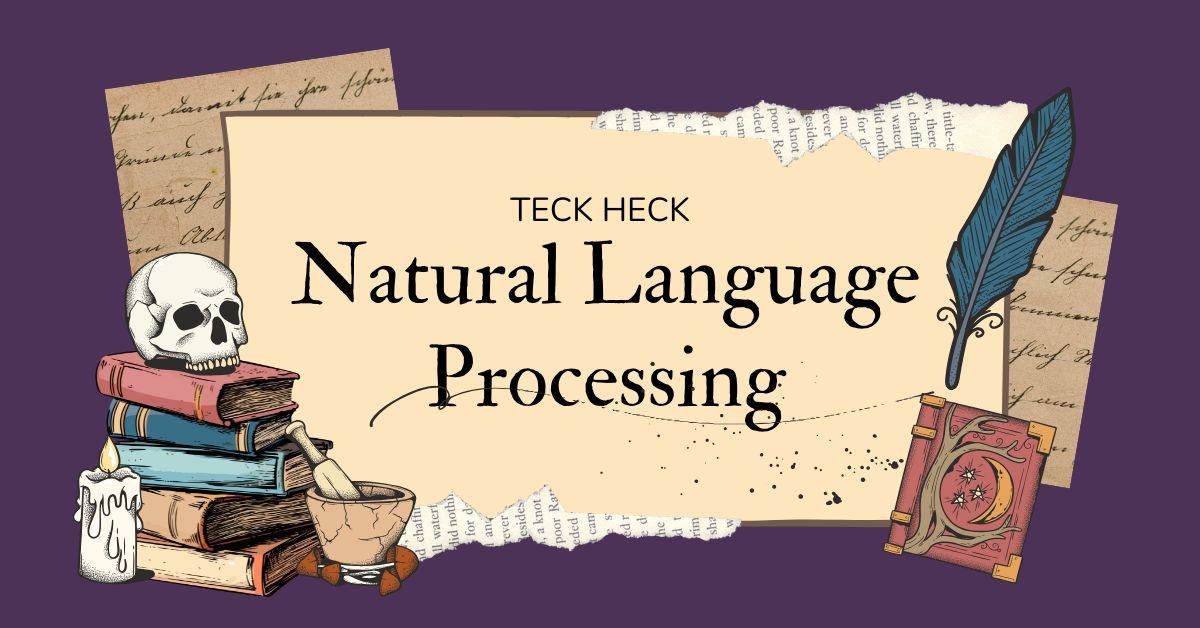
Algorithms and Techniques for Natural Language Processing:
Methods based on rules: Earlier NLP systems processed language using manually created rules. These systems are useful for certain jobs, but they frequently can’t manage the many subtleties and complexity of real language.
Machine Learning (ML):
In natural language processing, machine learning has emerged as a key tool. ML models are trained on language data to identify patterns in the data.
Deep Learning (DL):
Neural networks and other deep learning models have significantly enhanced natural language processing (NLP). Advances in tasks like machine translation, summarization, and question answering have been made possible by the introduction of designs like Transformers, Long Short-Term Memory (LSTM) networks, and Recurrent Neural Networks (RNNs). In particular, transformers are now the basis for cutting-edge models like GPT and BERT (Bidirectional Encoder Representations from Transformers).
Applications of NLP in Virtual Assistants:
NLP enables voice-activated assistants such as Google Assistant, Alexa, and Siri, which let consumers communicate with their gadgets via spoken language. These systems process and react to user inquiries using speech recognition, natural language understanding, and generating techniques.

Chatbots:
A lot of companies use chatbots using natural language processing (NLP) to answer consumer support questions.
Text Summarization:
One of the most important Natural Language Processing tasks is summarizing lengthy texts. There are two main methods:
Choosing important lines or phrases straight from the source material is known as extractive summarization.
Creating new phrases that express the text’s primary concepts is known as abstractive summarization.
Speech Recognition:
Systems that translate spoken words into writing also rely on natural language processing (NLP). Applications like voice control, transcription, and accessibility tools for individuals with disabilities depend on this.
Information Retrieval:
NLP is used by search engines such as Google to enhance search results. To interpret search queries and link them with pertinent material, natural language processing (NLP) techniques are employed.
Text Classification:
NLP is able to group texts into labels or categories that have already been established. Topic modeling, news classification, and spam detection are a few examples of applications.
Question Answering Systems:
Using text data, NLP models, such OpenAI’s GPT and Google’s BERT, can be taught to provide answers to queries. In both customer service and scholarly research, these systems have grown in favor.
NLP’s challenges
Even though Natural Language Processing has advanced significantly, academics and engineers still confront a number of obstacles:
Ambiguity:
Natural language is ambiguous by nature. Sentences can be constructed in ways that obscure their meaning, and words can have several meanings depending on the context.
Sarcasm and Humor:
Because sarcasm and humor frequently entail subtle cues that call for a thorough comprehension of social context, it can be challenging for robots to detect them in text.
Variability in Language:
There are thousands of languages and dialects in the globe, and each one has its unique vocabulary, grammar, and organization. One of the biggest challenges is creating models that function in multiple languages.
Contextual Understanding:
Accurate interpretation of a document or speech depends on an understanding of its larger context. Even with their advancements, current models still have trouble comprehending complex, long-term context.
Data Availability:
Large datasets are needed to train effective NLP algorithms. These datasets are either hard to get or unavailable in many languages and fields.
NLP’s Future
Natural Language Processing has a promising future ahead of it, with numerous major trends emerging:
Pretrained Models and Transfer Learning: By offering strong, all-purpose models that can be optimized for particular tasks, pretrained models like as GPT, BERT, and its offspring have completely transformed natural language processing.
Multimodal NLP:
NLP is increasingly being integrated with different types of data, including audio, video, and pictures. The goal of multimodal models is to comprehend and produce answers based on several forms of input, creating new opportunities for applications such as visual question answering and video captioning.
Ethical AI:
As Natural Language Processing systems are incorporated into society more and more, ethical issues like as language model bias, privacy issues, and misuse potential are becoming more and more significant. Researchers are working hard to improve the accountability, transparency, and fairness of NLP systems.
Real-time Natural Language Processing: As the need for real-time language processing increases, new developments in NLP will result in more responsive systems for real-time transcription, live chat, and rapid translation.
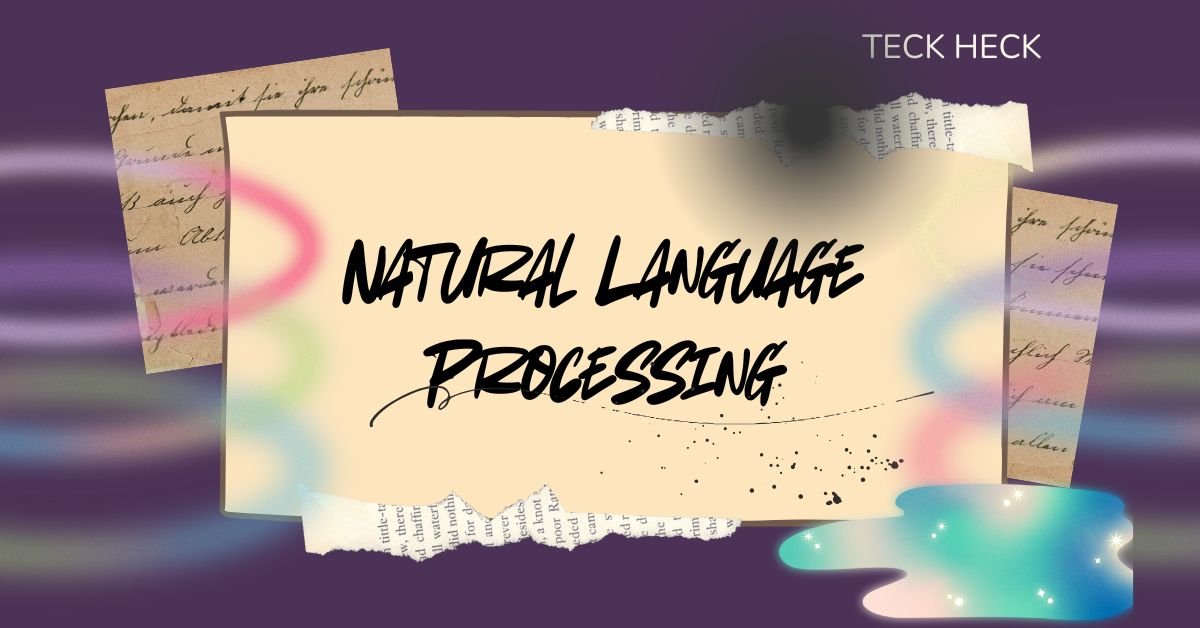
In conclusion:
Computers can now communicate with human language thanks to advancements in natural language processing. NLP is revolutionizing the way we interact with machines, from straightforward rule-based methods to intricate deep learning models. The field has the potential to transform businesses, improve accessibility, and make human-computer interactions more intuitive and natural than ever before as it develops further.


